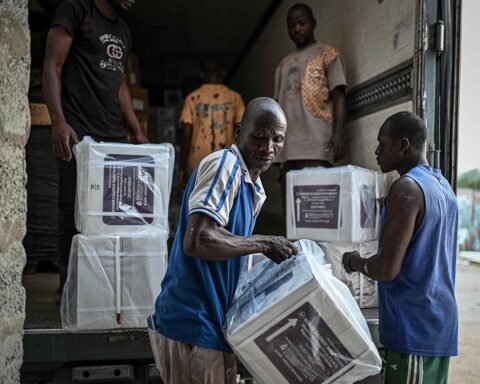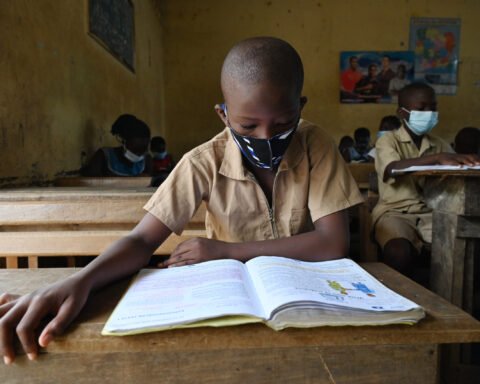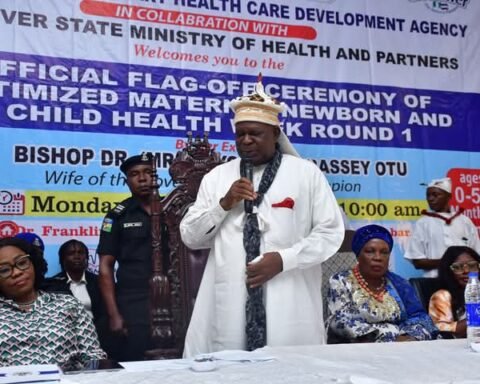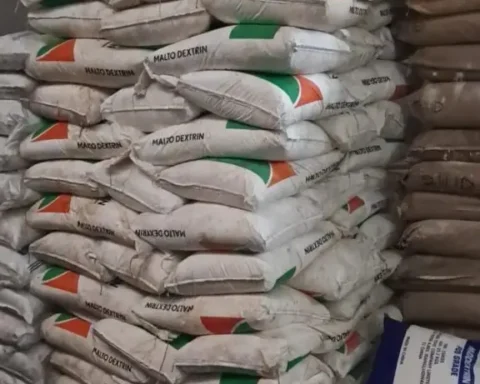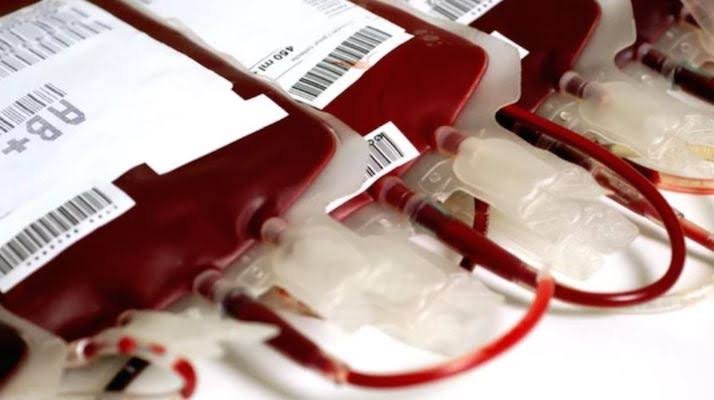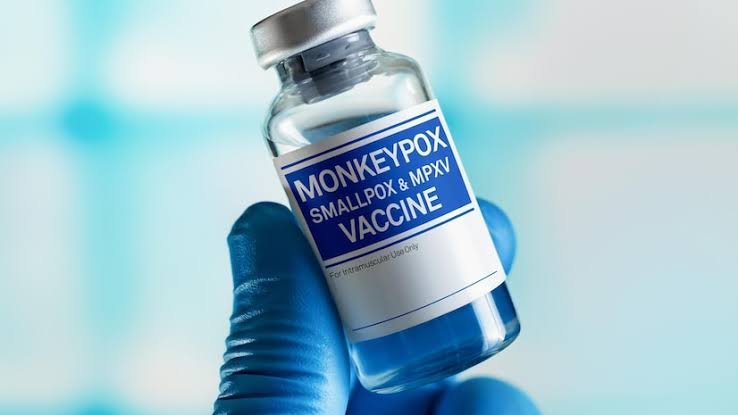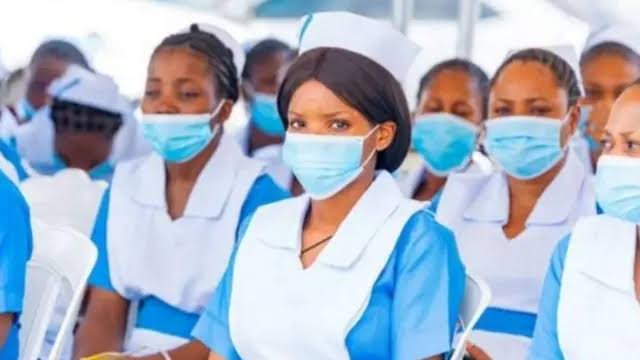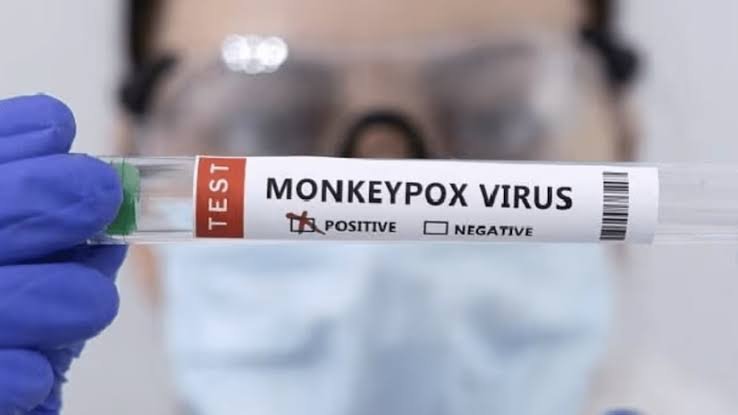Wants countries to step up health funding in face of US global health funding cuts
The World Health Organisation (WHO) has announced that up to 25 countries are expected to include malaria vaccines in their childhood immunisation programmes by the end of 2025.
Dr Tedros Ghebreyesus, the WHO’s Director-General, shared this update on Monday – yesterday, March 17 during an online media conference focused on global health issues.
He emphasised that these vaccines could save tens of thousands of young lives annually.
However, Ghebreyesus also raised concerns over the risks posed by recent cuts in U.S. funding for global health initiatives.
“Many of the gains in malaria that have been made over the past 20 years are now at risk due to these funding cuts,” he said.
While he refrained from commenting on the U.S. withdrawal from WHO, Ghebreyesus clarified that the cuts he referred to were those affecting direct U.S. funding.
According to him, this includes funding through agencies such as USAID and the U.S. Centres for Disease Control and Prevention (CDC).
Ghebreyesus warned that the impact of these cuts is already being felt, with severe disruptions in the supply of malaria diagnostics, medicines, and insecticide-treated bed nets due to stockouts and delayed deliveries.
“The U.S. has been the largest bilateral donor to the fight against malaria for the past two decades, helping to prevent an estimated 2.2 billion cases and 12.7 million deaths,” the WHO DG said.
If disruptions continue, he predicted an additional 15 million cases of malaria and 107,000 deaths this year alone, potentially reversing 15 years of progress.
A similar situation is unfolding with HIV, where the suspension of most funding to the President’s Emergency Plan for AIDS Relief (PEPFAR) has halted services for HIV treatment, testing and prevention in more than 50 countries.
Ghebreyesus noted that eight countries are facing severe disruptions to antiretroviral therapy, with some likely to run out of medicine in the coming months.
This could lead to more than 10 million additional cases of HIV and three million HIV-related deaths, the WHO Director-General agonized, highlighting the impact on tuberculosis (TB) programmes, with 27 countries in Africa and Asia facing significant disruptions.
“These include shortages of healthcare workers, diagnostic tools, and collapsing data systems.
“Nine countries have already reported problems with the procurement and supply chains for TB drugs, threatening the lives of affected individuals.
”Over the past two decades, U.S. support for TB services has saved nearly 80 million lives, but this progress is now at risk.
”Additionally, the WHO’s Global Measles and Rubella Network, funded solely by the U.S., faces an imminent shutdown, just as measles outbreaks are increasing globally.
”In 2024, 57 large or disruptive measles outbreaks were reported, continuing a trend from the previous three years,” he said.
Ghebreyesus warned that these cuts are also affecting efforts to eradicate polio, monitor emerging diseases like avian influenza, and respond to disease outbreaks and humanitarian crises.
”Nearly 24 million people living in such crises are at risk of losing access to essential health services,” he said, stressing that other donors must step up, and countries that have relied on U.S. funding must also increase their domestic health spending to maintain progress in disease control and health services.

